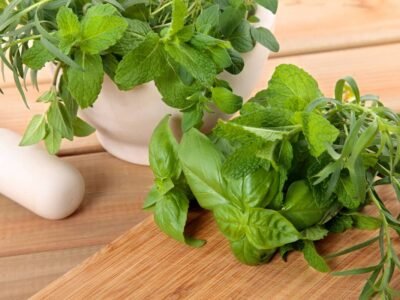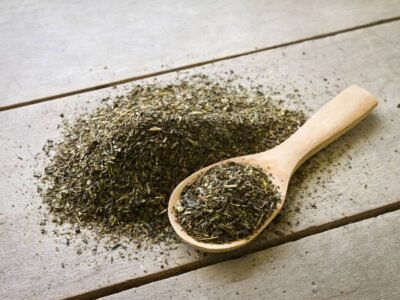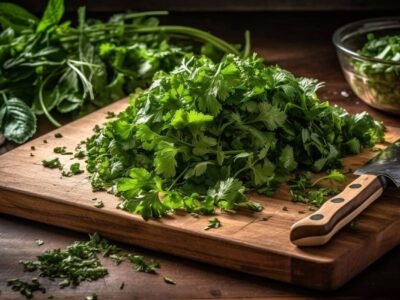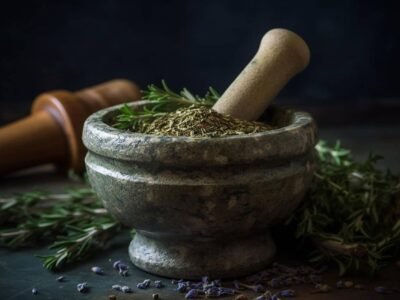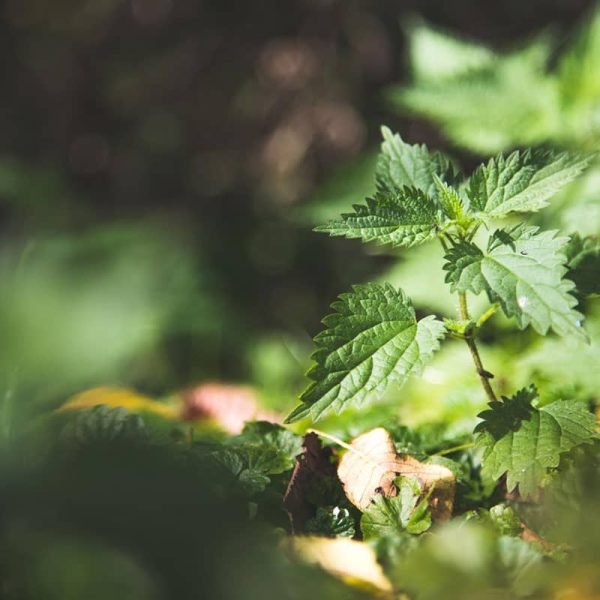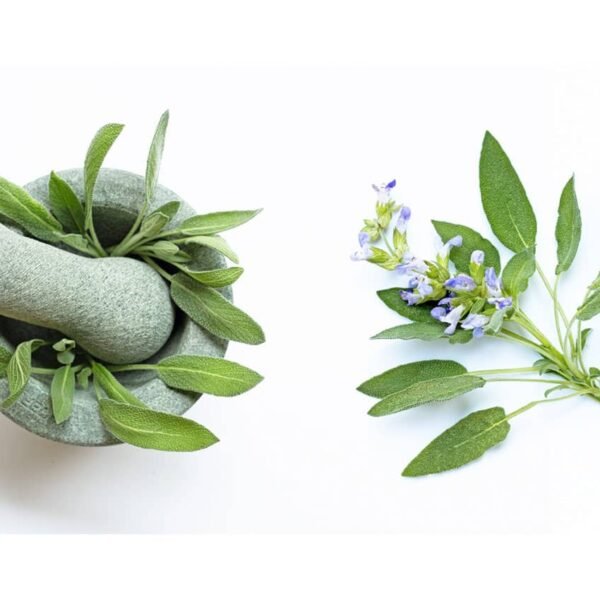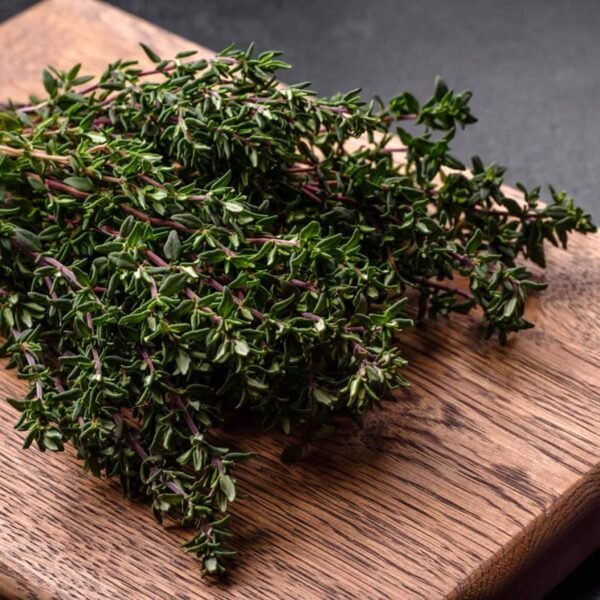Peppermint is a herb that has been used for centuries to treat a variety of ailments. The benefits of peppermint include reducing inflammation, relieving pain, and improving digestion. Peppermint can be consumed in a variety of ways, including teas, capsules, and oils. It can also be added to recipes for a refreshing flavor.
What is peppermint?
Peppermint is a refreshing and invigorating herb that has a wide range of uses, from flavoring food and beverages to promoting good digestion and providing relief from congestion. Peppermint is also known for its ability to freshen breath and relieve tension headaches.
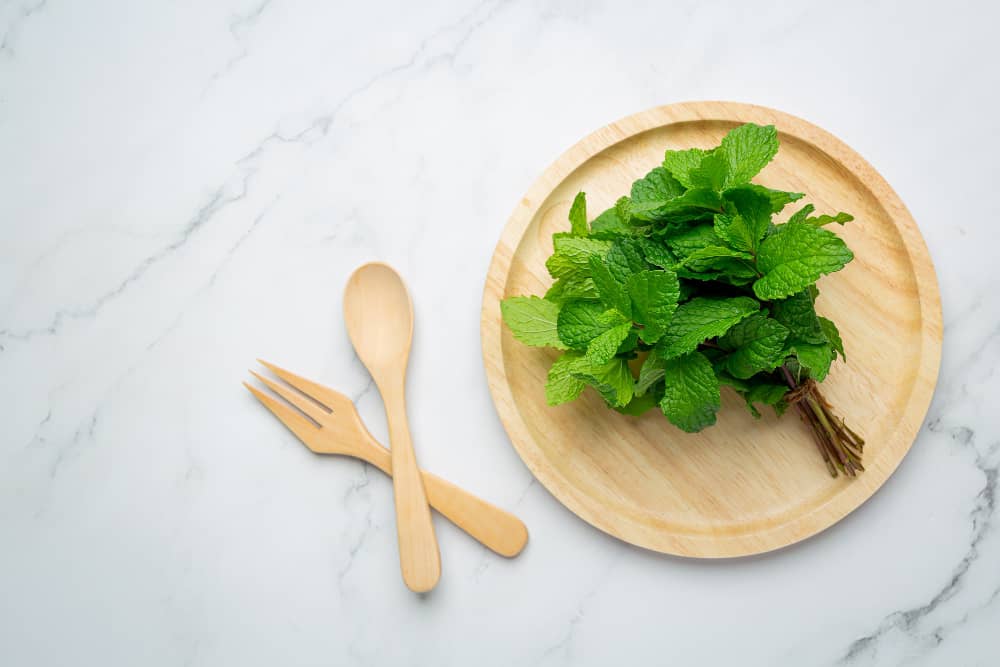
The benefits of peppermint are many, and this versatile herb can be used in a variety of ways. For example, peppermint tea is a popular way to enjoy the benefits of peppermint, but the herb can also be added to soups, salads, and other dishes for flavor. Additionally, peppermint oil can be used topically or aromatically to soothe muscle aches, relieve congestion, or just create a refreshing atmosphere.
Whether you are looking for a way to flavor your food or alleviate some common ailments, peppermint is a great option to consider. And with so many easy recipes available, learning how to use peppermint is simple.
The benefits of peppermint
Peppermint (Mentha × piperita, also known as mint, from the Greek scal gramma, Attic Greek rhiza, Ionic Greek riza) is a hybrid mint, a cross between watermint and spearmint. Indigenous to Europe and the Middle East, the plant is now widely distributed around the world. It is found in nearly all temperate climates, including Australia, New Zealand, and North America.
Peppermint typically grows to between 20 and 30 cm (8 and 12 in) tall, with opposite leaves that are 4–9 cm (1.6–3.5 in) long and 1.5–4 cm (0.59–1.57 in) broad. The flowers are purple, 6–8 mm (0.24–0.31 in) long, with a four-lobed corolla about 5 mm (0.20 in) diameter; they are produced in clusters of 10-20 in late summer or autumn. The fruit is a dry four-lobed schizocarp 4–10 mm (0.16–0.39 in) long.
Peppermint has a high menthol content—an essential oil that is extracted from the leaves—which gives it a refreshing flavor and aroma that has made it one of the most popular herbs for both culinary and medicinal use. Menthol activates cold-sensitive TRPM8 receptors in the skin and mucosal tissues, which makes peppermint an effective topical treatment for itching, muscle pain, headaches, and other conditions. Peppermint oil is also used as a fragrance component in some cosmetics and cleaning products.
In addition to its pleasant taste and smell, peppermint has a number of potential health benefits. Peppermint tea can be helpful for indigestion, nausea, and vomiting; however, it should be avoided by people with acid reflux as it can relax the lower esophageal sphincter muscle and worsen symptoms.
Peppermint oil capsules have been shown to be an effective treatment for irritable bowel syndrome (IBS), with fewer side effects than drugs like loperamide hydrochloride (Imodium). A combination of peppermint oil and caraway oil has also been found to be an effective treatment for colic in infants.
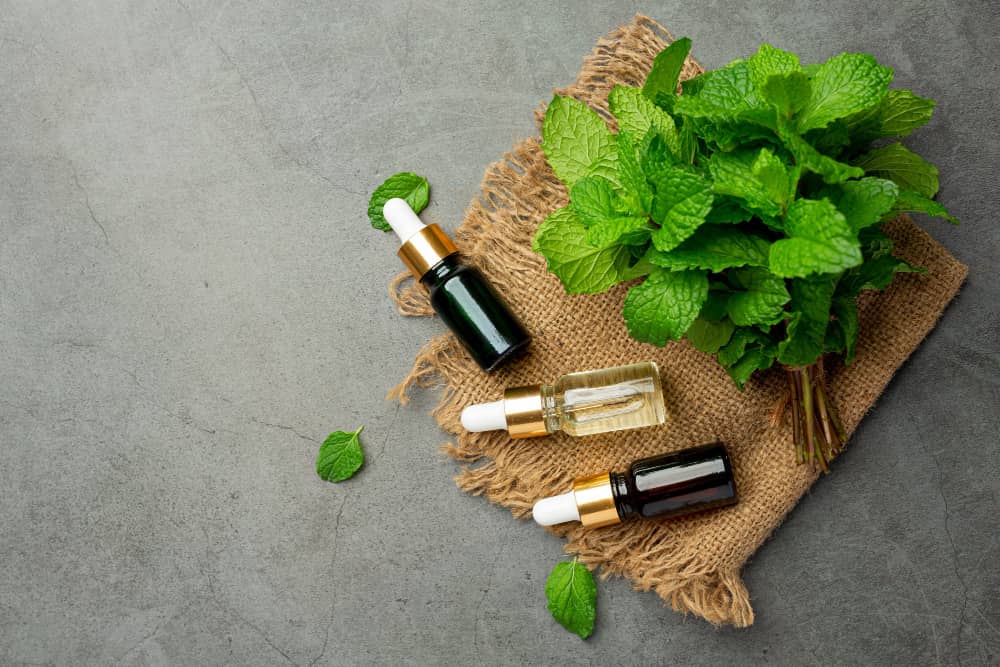
How to use peppermint
Peppermint (Mentha × piperita, also known as M. balsamea Willd.) is a hybrid mint, a cross between water mint and spearmint. The plant, indigenous to Europe, is now widely distributed around the world and is cultivated in many countries. It grows to a height of 30–90 cm (12–35 in), with smooth stems and pale green leaves that are toothed with saw-like serrations. Left unchecked, it can become quite invasive in gardens and lawns.
Peppermint has a long history of use as a flavoring agent and as a medicinal herb. The plant is used fresh or dried, and the leaves can be used fresh or dry as well. Peppermint oil is also widely available commercially and has a wide range of uses.
As a flavoring agent, peppermint is used fresh or dried in a number of food items such as candy, chewing gum, ice cream, pudding, and tea. It is also used to flavor some alcoholic beverages such as creme de menthe.
As a medicinal herb, peppermint has a number of traditional uses. It is thought to be helpful in easing indigestion, nausea, and diarrhea. Peppermint oil is also used topically for headaches and muscle aches.
Peppermint recipes
Try one of these recipes with the peppermint you have growing in your garden!
–Peppermint Ice Cream:
This refreshing ice cream is perfect for a hot summer day. Simply combine 2 cups of heavy cream, 1 cup of milk, 1/2 cup of sugar, and 1 teaspoon of peppermint extract in a large saucepan. Heat over medium heat, stirring occasionally, until the mixture comes to a boil. Remove from the heat and add 1 cup of crushed peppermint candy. Pour into a 9×13 inch baking dish and freeze for 4 hours or until firm.
–Peppermint Chocolate Chip Cookies:
These cookies are a delicious combination of two classic flavors. Start by preheating your oven to 350 degrees F. In a large bowl, cream together 1 cup of butter, 1 cup of sugar, and 1/2 cup of brown sugar. Beat in 2 eggs and 1 teaspoon of peppermint extract. In another bowl, whisk together 2 cups of flour, 1 teaspoon of baking soda, and 1/2 teaspoon of salt. Add the dry ingredients to the wet ingredients and mix until well blended. Stir in 1 cup of chocolate chips and 1 cup of chopped peppermint candy. Drop dough by the tablespoon onto ungreased cookie sheets and bake for 8-10 minutes.
–Peppermint Bark:
This easy recipe is perfect for holiday gifts or parties. Line a rimmed baking sheet with parchment paper and spread out 2 cups of chopped chocolate (milk, dark, or white). Melt the chocolate in the oven at 200 degrees F for about 10 minutes, stirring once or twice during melting. Once melted, spread the chocolate evenly over the parchment paper with a spatula. Sprinkle with 1 cup of chopped peppermint candy and let cool for 30 minutes. Break into pieces and enjoy!
Final Words
Peppermint is a refreshing and versatile herb that can be used in many different ways. From teas and tinctures to topical applications and culinary uses, peppermint offers a variety of benefits that can be enjoyed by many. If you’re looking for a way to add a little more zing to your life, peppermint may be just the thing you need.


